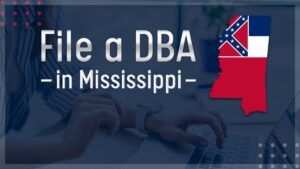The difference between chief executive and Managing Director is one of thesubtleties that can confuse board members.
Boards have the right to delegate the tasks of running the organisation to any person they rationally believe is capable of performing them. When the board delegates those tasks to one of the directors, that person becomes known as a managing director (or MD).
When the tasks are delegated to an executive, that person does not automatically become a member of the board. They may be given a title such as chief executive, general manager (or GM), executive officer (or EO) and so on. These job titles report to the board but are not part of it.
This distinction is being eroded by the practice of having chief executives who are appointed to the board, and the use of the title of managing director for senior executives who are managing some part of a company but who do not report directly to the board or carry the responsibility of managing all of the company.
In non-profit and government-sector organisations there used to be a firm tradition that the chief executive did not get a seat on the board. This provided a clear reporting line and a distinction between the group responsibility of the board and the personal responsibility of an executive.
In recent times there appears to be an emerging trend towards appointing the person with day-to-day responsibility to the board thereby creating a managing director. This has the advantage of making that person more aware of the director’s liabilities for corporate actions, of the board’s need for information and of the importance of alignment between the aims of the shareholder, the board and the executive.
Unfortunately, when the board seat is offered to the chief executive it is not always accompanied by a change in title to managing director, and it is becoming more common to have chief executives who are also directors.
Many boards now find themselves in positions where they have managing directors who are not board members (or, indeed, directors) or where they have a CEO who is a board member. It is important to think through these issues when making new appointments and to align the role and title.
Many governance practices are based upon the premise that a CEO is a staff member whom the board can hire and fire and having that person as a board member whom only shareholders (or members) may hire or fire can can create tensions between the way that governance is implemented within the organisation and the way it is intended to be implemented under the relevant guideline.
Keeping expectations and practices aligned is a part of the board’s governance role.
What do you think?
______________________________________
Julie Garland-McLellan has been internationally acclaimed as a leading expert on board governance. See her website at www.mclellan.com.au or visit her author page at http://www.amazon.com/Julie-Garland-McLellan/e/B003A3KPUO
 Sections of this topic
Sections of this topic
















